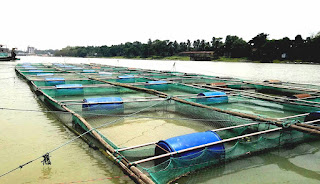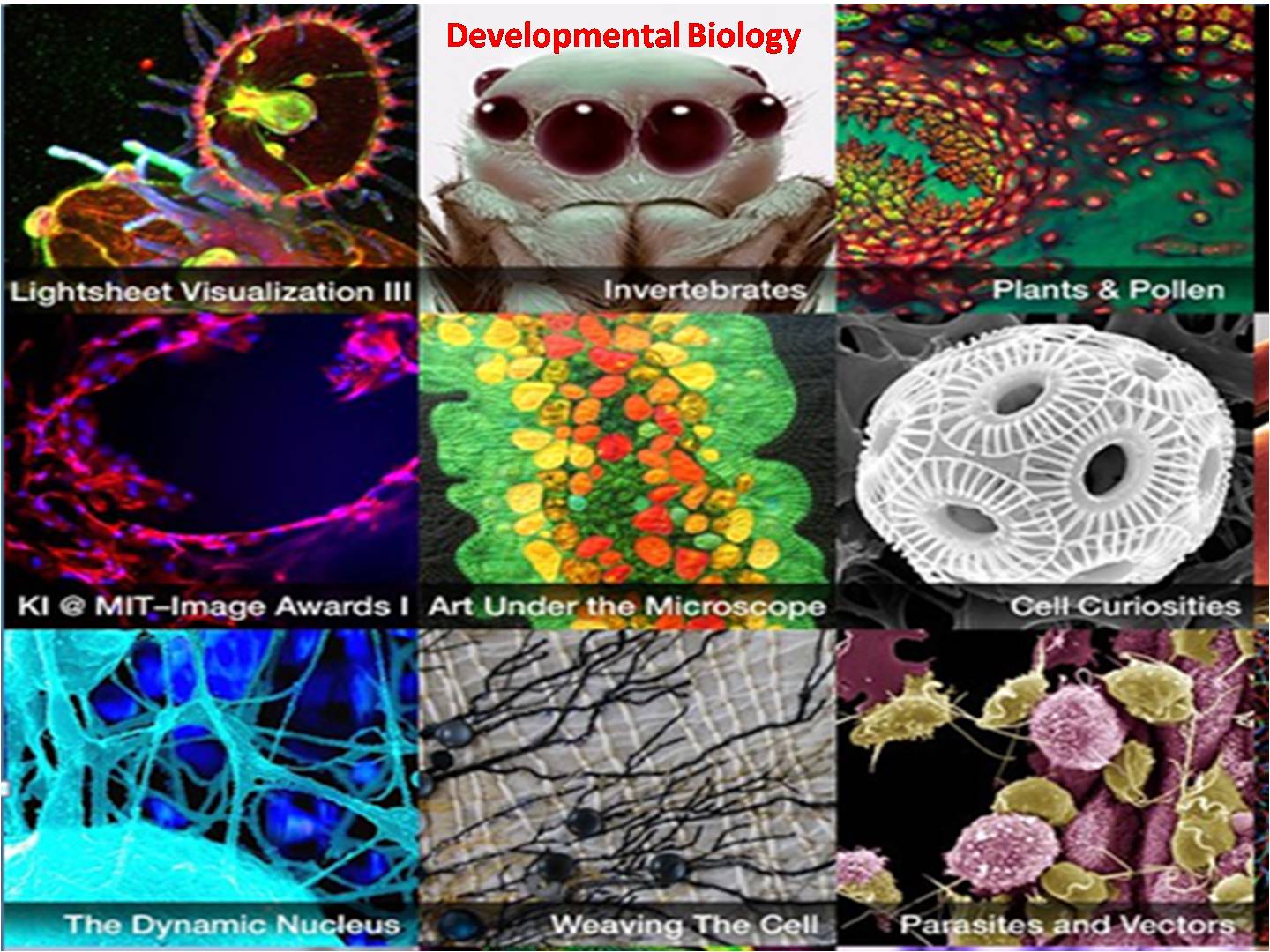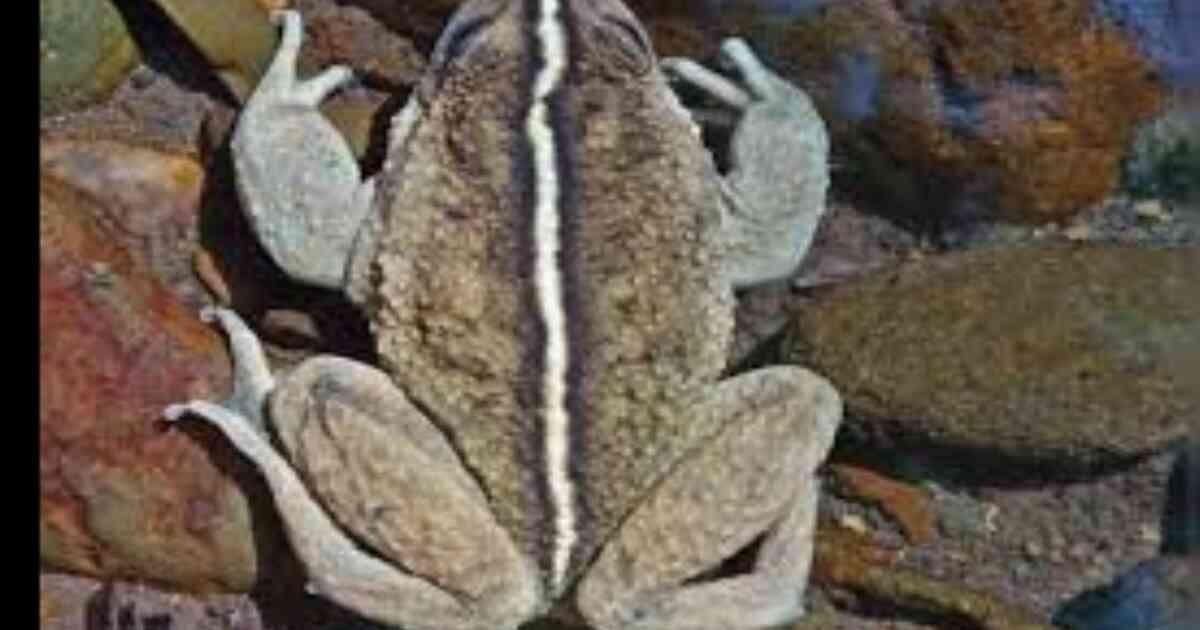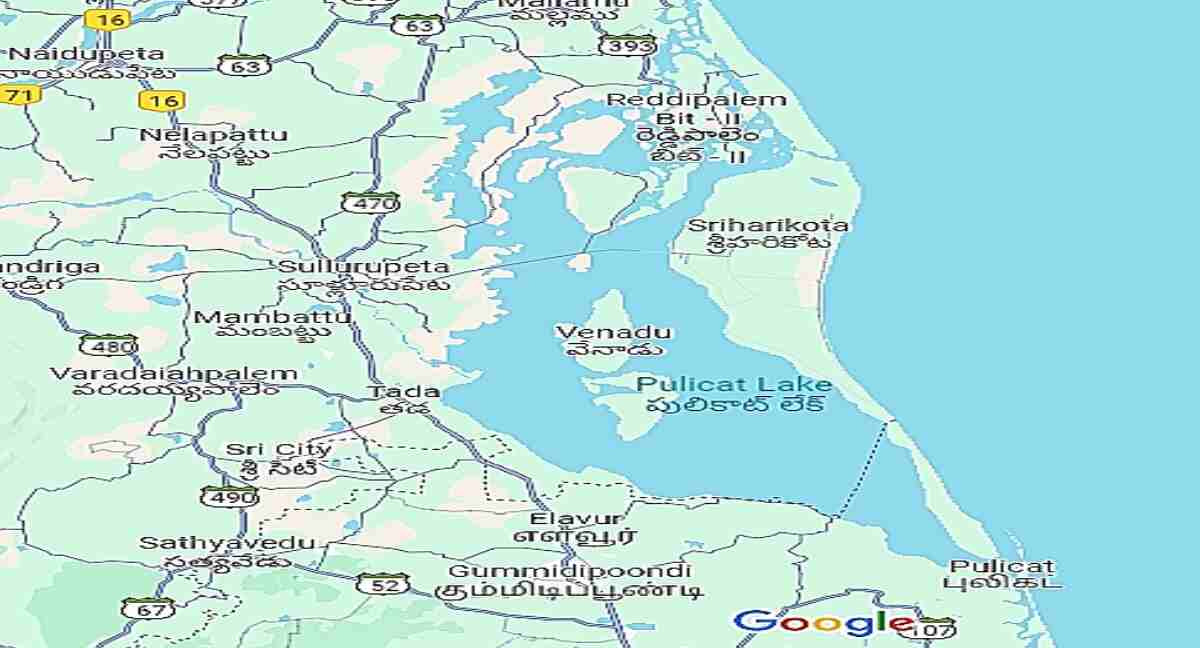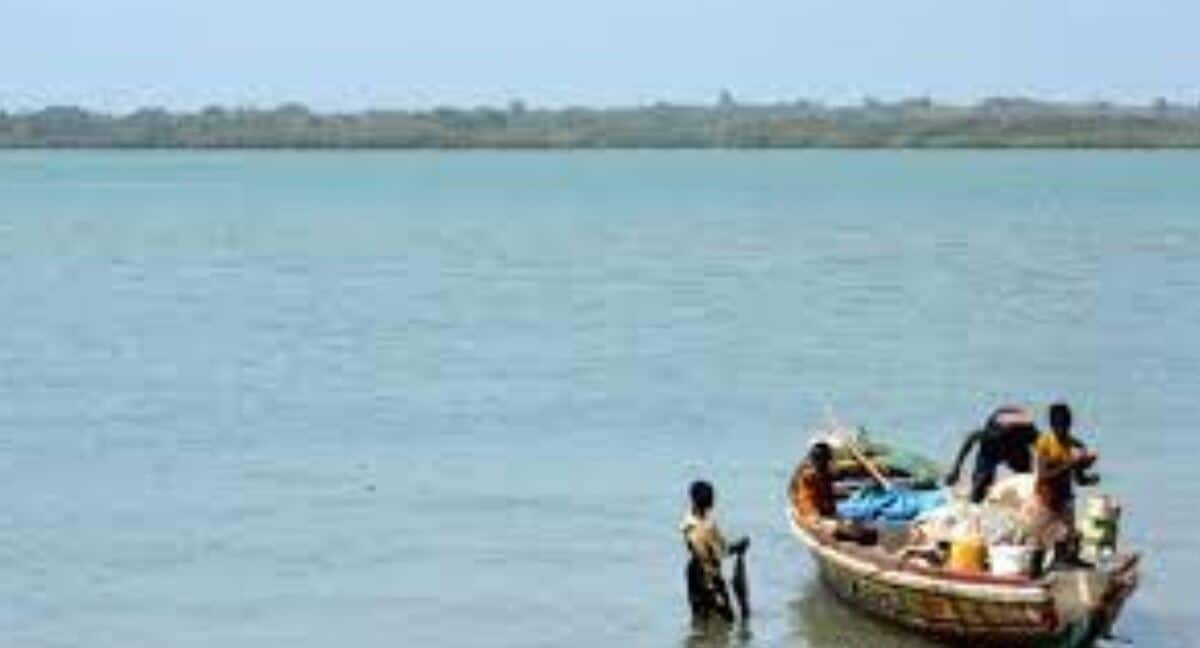Pulicat Lake: Pulicat Lake is a brackish water lagoon located on the Coromandel Coast of India, spanning across the states of Andhra Pradesh and Tamil Nadu.
It is the second largest brackish water lagoon in India, with an area of 759 square kilometers. The lagoon is a major wetland that attracts northeast monsoon rain clouds during the October to December season.
Major portion of the lake is situated in the Nellore district of Andhra Pradesh and the rest in Thiruvallur district of Tamilnadu, where it is connected to the Bay of Bengal by a narrow mouth near the Pulicat village. The drainage area of the lake is 4,400 km2 (more than 77,700 ha) and is highly productive giving an annual yield of about 1200 tonnes.
There are three monsoonal rivulets that flow into the lagoon viz. Swarnamukhi, Kalangi and Arni. The Buckingham canal (East Coast Canal) flows through the Pulicat Lake at its southern end, near the Pulicat town.
In addition to several mud-flats (some in the form of uninhabited islands), there are large islands viz. Sriharikota, Venaadu and Irukkam.
The lagoon is home to a variety of flora and fauna, including migratory birds such as flamingos, pelicans, and storks. The Pulicat Lake Bird Sanctuary is located on the lake’s barrier island of Sriharikota, which separates the lagoon from the Bay of Bengal. The sanctuary is a popular destination for birdwatchers and nature enthusiasts.
The lagoon has a rich history and was once an important center of trade and commerce. The anonymous mariner who wrote Periplus of the Erythraean Sea listed Podouke (Pulicat) as one of the three ports on the east coast of India in the 1st century. In the 16th century, the Portuguese colonized the lagoon, followed by the Dutch. The Dutch transacted business with the British East India Company and other countries in the region.
Fish and Fisheries of Pulicat Lake
The fisheries are an important source of livelihood for the people living in the surrounding areas. The lake has a rich diversity of fish species, with over 168 species reported. The fishereis of lake consisting finfish fishery and shell fish fishery.
Finfish Fishery:
A total of 168 species of finfishes have been recorded from this lake which include 1 shark species, 3 ray species, 164 species of teleosts (15 -Clupeiformes, 9 – Cypriniformes, 4 – Anguilliformes, 5 – Beloniformes, 1 – Syngnathiformes, 3 – Cyprinodontiformes, 8 – Mugiliformes, 1 – Polynemiformes, 95 – Perciformes, 1 – Mastacembeliformes and 15 –
Tetraodontiformes).
The Pulicat lake fishery mainly consists of mullets, perches, clupeids, catfishes, prawns and crabs. Prawns and crabs constitute more than 50% of the catch, mullets (18-22%), perches (7.5 – 13%) and clupeids (6-10%). Perches form the valuable component of the fishery due to good taste and flavour. Most common species of perches are Sillago sihama, Gerrus spp. Chrysophys spp. Lates calcarifer, Siganus spp., Etroplus spp., Therapon jarbua, Lutjanus spp. and Leiognathus spp. The southern sector of this lake is more productive than the northern part.
Shell Fish Fishery
Shell fish fishery represents in lake are Prawn, crabs and oyester. The penaeid prawns constitute a major fishery in Pulicat Lake. Since prawns are highly priced and exported, the whole fishing pressure is on prawns in this lake. There are 12 species of penaeid prawns which include F. indicus (white prawn), P. monodon (tiger prawn), P. semisulcatus (green prawn), P. canaliculatus (striped prawn), P. japonicus (kuruma prawn), P. latisulcatus, P. merguiensis (banana prawn), Metapenaeus monoceros (speckled prawn), M. dobsoni, M. affinis, M. brevicornis (yellow prawn) and M. burkenroadi. Of the two exportable prawn species, Penaeus indicus is plenty in this lake which serves as an ideal nursery for this species. However, P. monodon is declining in numbers.
It has a rich diversity of 29 species of crabs from marine, brackishwater, freshwater and terrestrial. Of these, the crabs, Scylla serrata, S. tranquebarica and Portunus pelagicus are highly abundant occurring all over the lake throughout the year. Indeed, Pulicat Lake is the largest producer of mud crabs among the various brackishwater bodies in India. Usually, non-padu fishermen are engaged in crab fishing in this lake.
In fact, Pulicat lake is ideally suited for this edible oyster. The edible oyster (Crassostrea madrasensis) which is a keystone species here, is the most extensively distributed bivalve in this lake. In addition to this oyster, mud clam, Meretrix casta and blood clam, Anadora granosa are also common in this lake. The pearl oyster, Pinctada vulgaris occurs sparingly.
Read more: Chilka Lake Fisheries
Principle Estuaries of Brackishwater
Production and Management initiatives
An average of 1200 tonnes of fish, crustaceans and molluscan are harvested annually from the lake, of which prawns constitute 60%, followed by mullets. The seafood exports of white and tiger prawns, jellyfish, finfish and live lagoon green crabs are also economic benefits from the lagoon.
The sustainability of Pulicat Lake’s fishery depends on the lake’s biological balance. Several conservation initiatives are under work to save this sensitive habitat, including:
Fish catch from Pulicat Lake is dependent on the ingress of fish and prawn seed from the sea. However, the sand bar formed at the mouth adversely affects recruitment. Further, in a nursery like Pulicat Lake, growing juveniles need to migrate but fishermen in the northern regions of the lake, lay fine meshed stake nets, right across the width of the lake, and retain such nets continuously for days together which result in the catch of prawns of all sizes, not allowing the juveniles to migrate and grow.
In addition, coolant water from North Chennai Thermal Power Station, aqua farms, salt pans, growing fishermen population in this region, hand picking juvenile prawns by the tribal women and non-fishermen lured by the lucrative prawn export trade affect both the habitat and species diversity and abundance. This unethical and unscientific method of prawn fishing and anthropogenic activities that harm the lake fishery need to be monitored and controlled.
fishing techniques
Due to the variety of aquatic species, successful fishing in Pulicat Lake demands mastery of numerous tactics. Here are a few techniques that local fishermen frequently use:
System of fishing followed in Pulicat Lake is called ‘Padu system’ in which fishermen from one village operate nets in anyone of the ‘Padus’ (fishing grounds) or in all the padus simultaneously during the day allotted to them. The days are so arranged that each village gets the opportunity to fish in the areas specified for at least 2 days in a week by rotation. ‘Padus’ are fishing areas varying in depth from 1 to 3 m.
In addition to hand picking, encircling stake net and cast net are used for prawn fishing. Long lines and scoop nets are used for crab fishing. The fishing gears like bag net, drag net, shore seine, hook and line are commonly employed for fishing.


